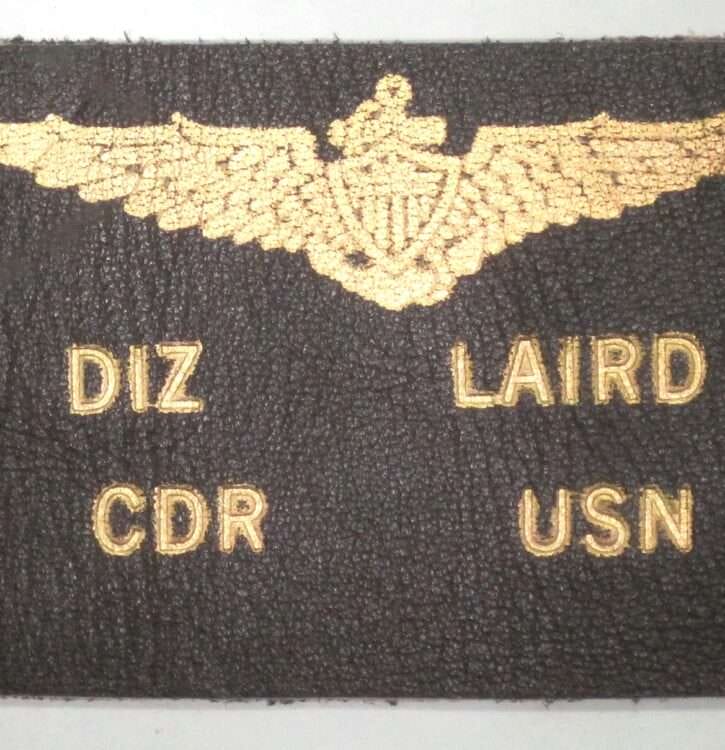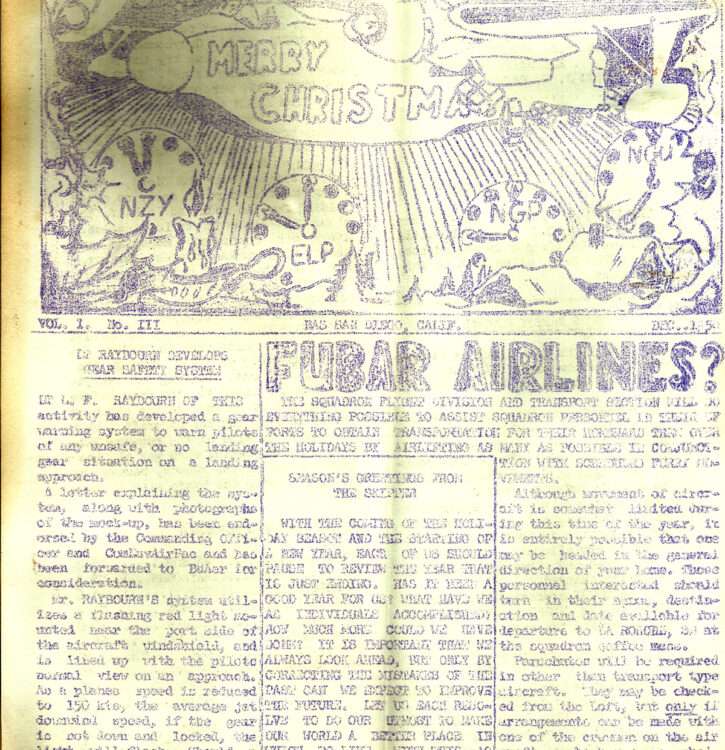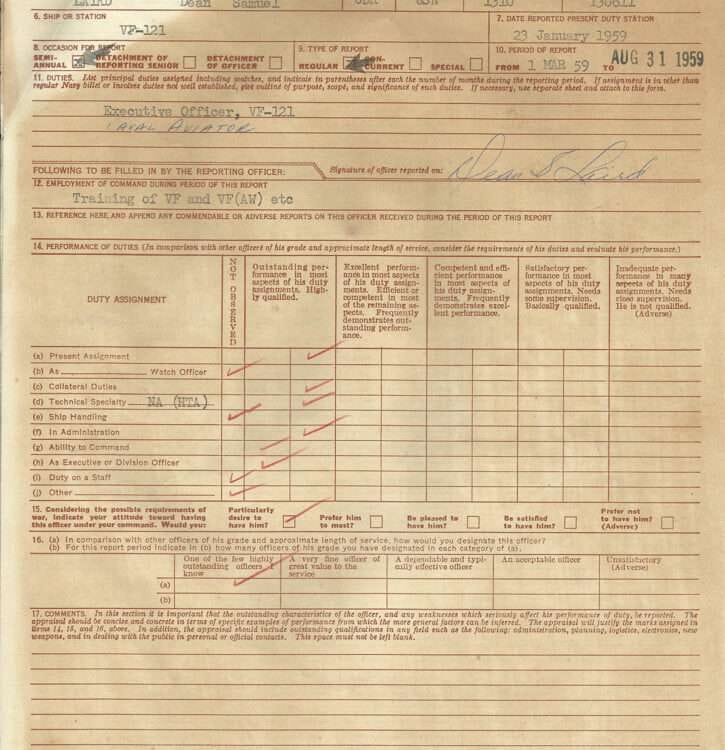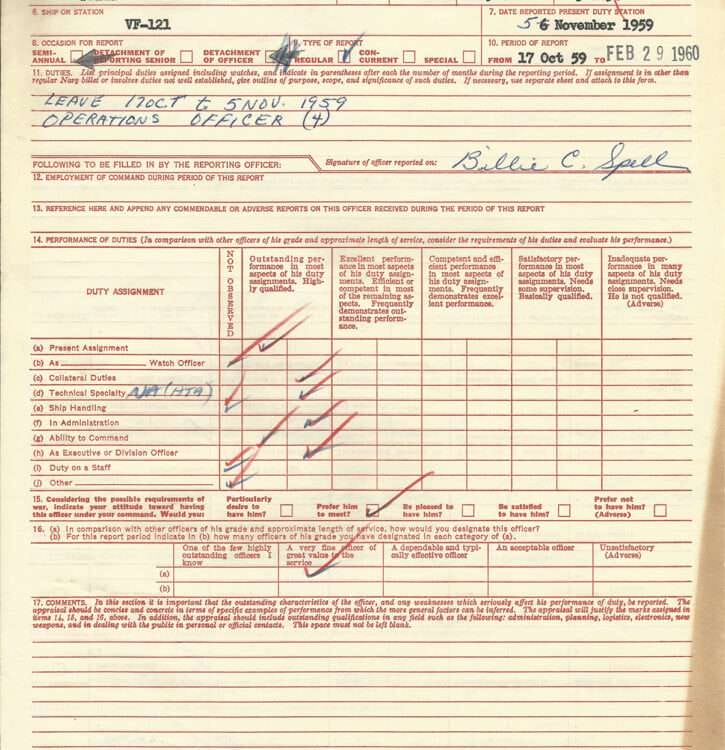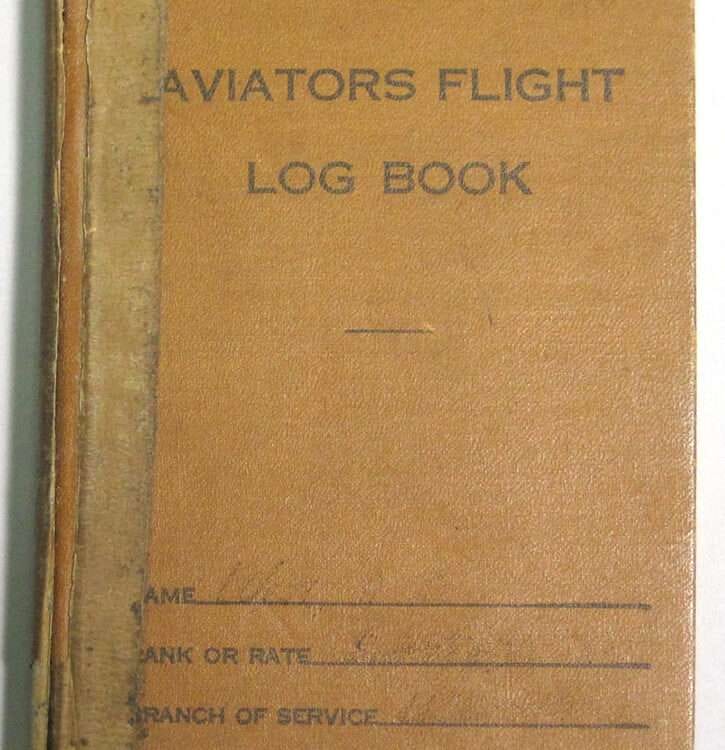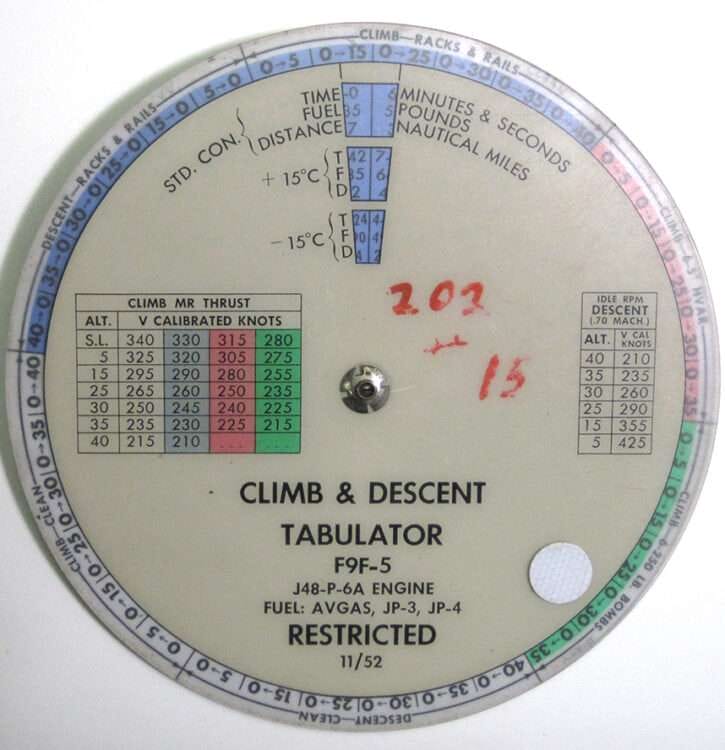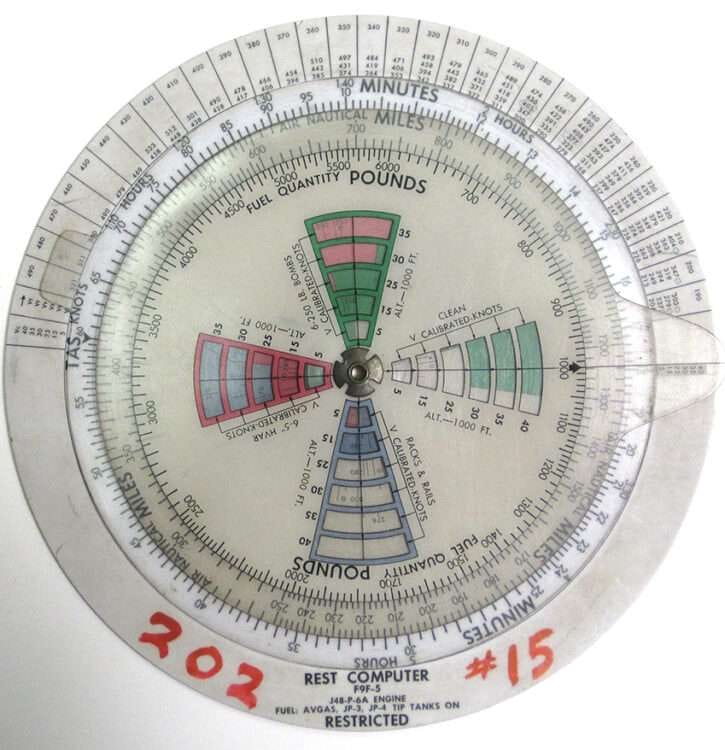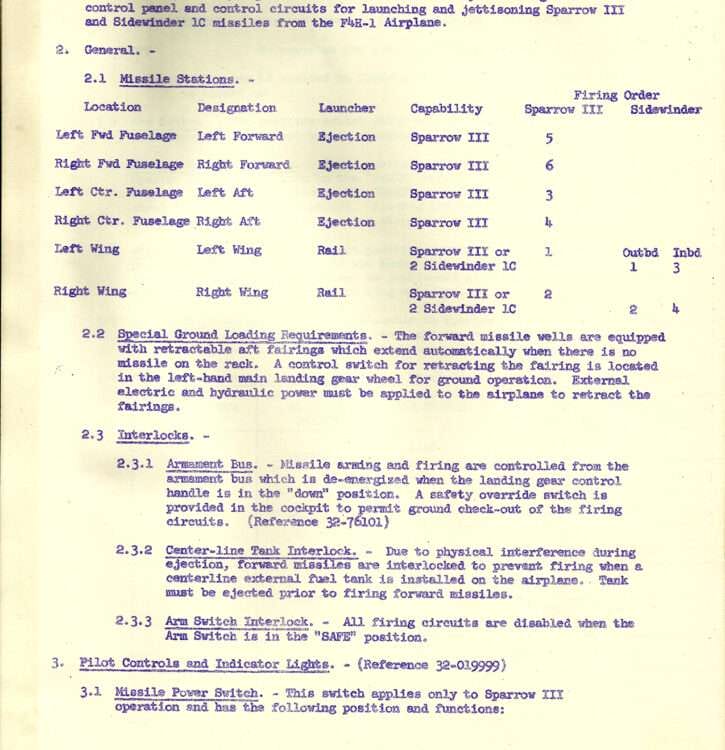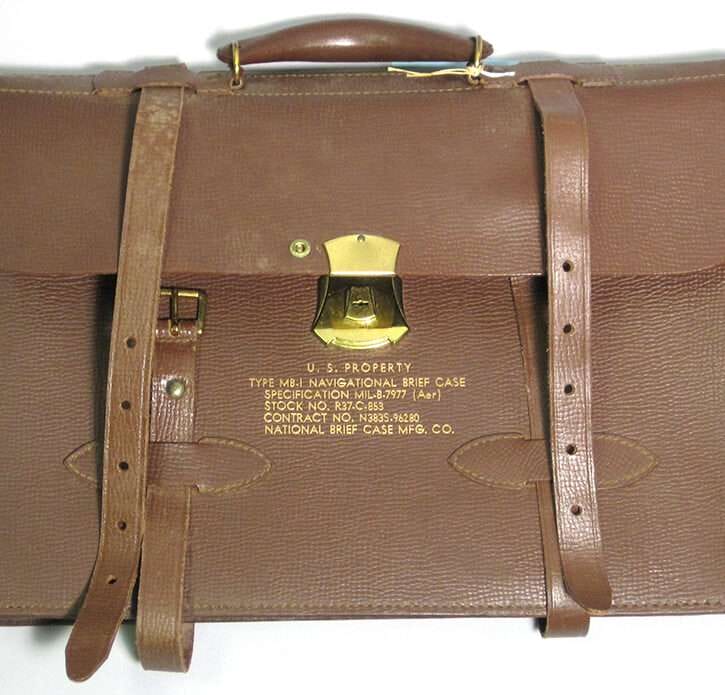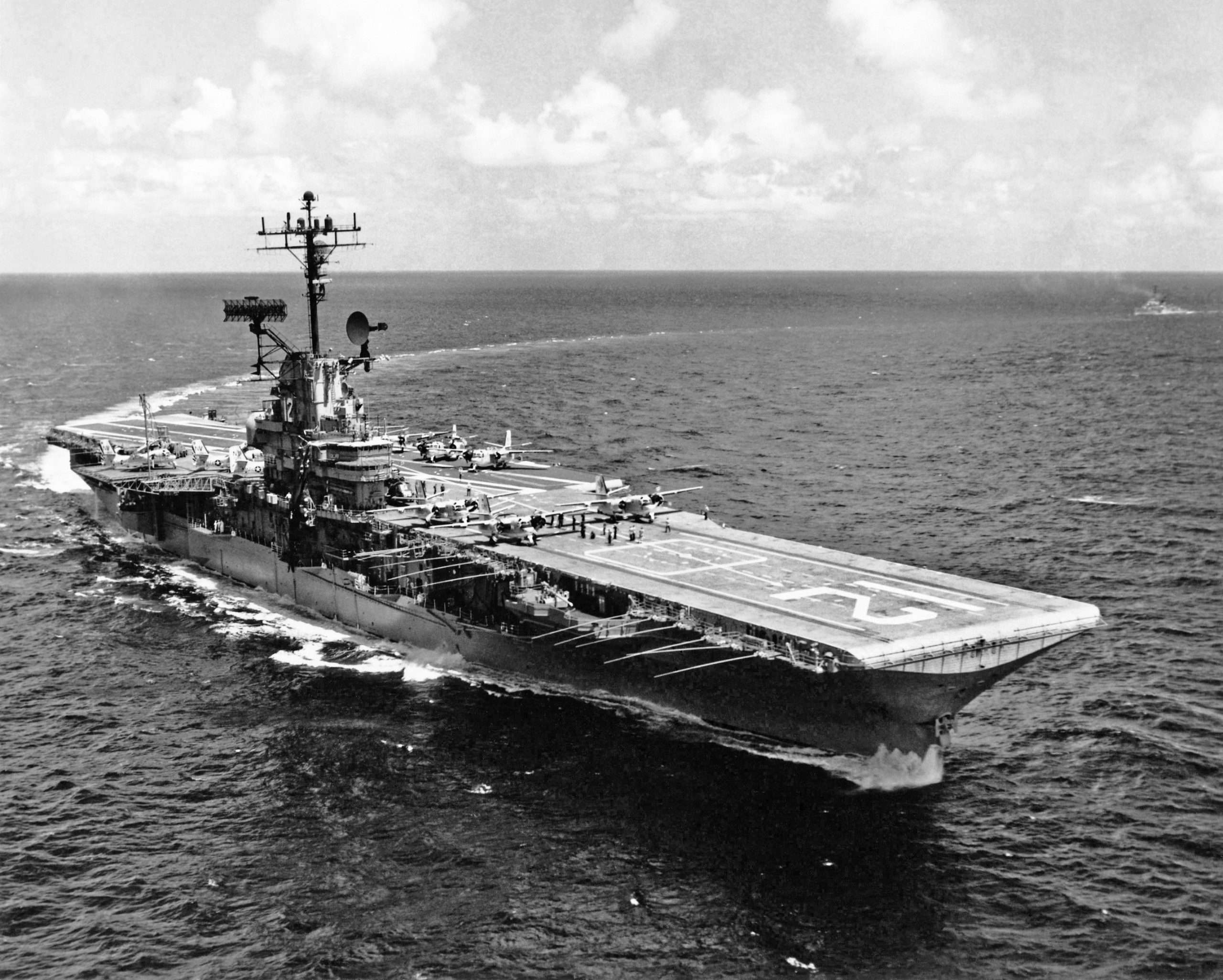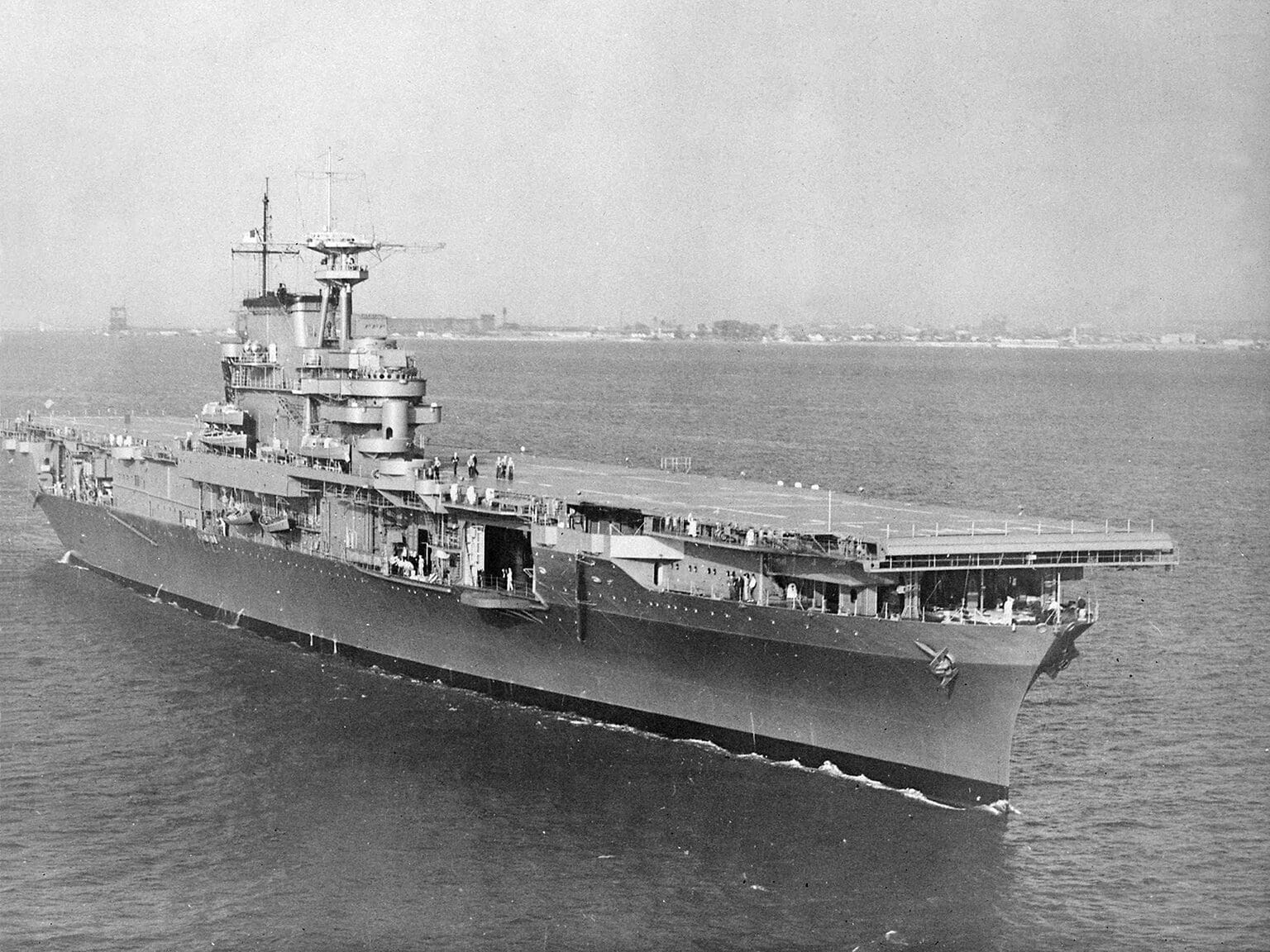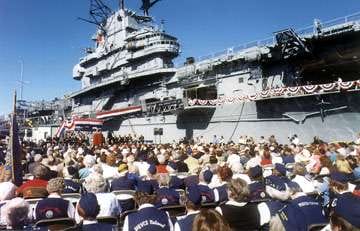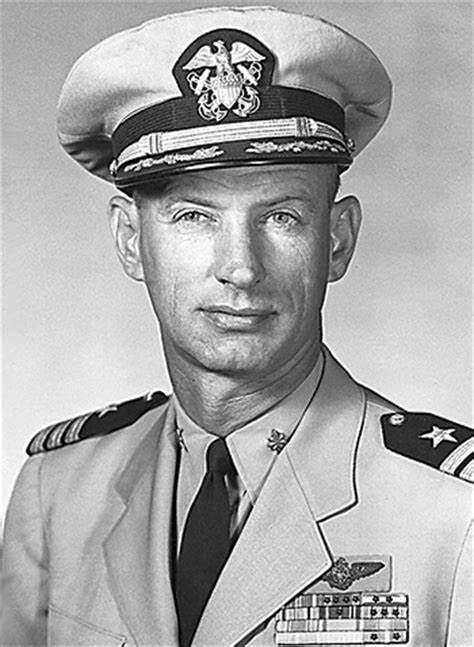
Dean "Diz" Laird
Diz was born on February 7, 1921 in Loomis, California. He enlisted in the Navy in January 1942 after Pearl Harbor. On August 11, 1942 he became a commissioned officer. On October 21, 1942 he became a Naval Aviator.
Laird served on USS Ranger CV-4 (Mar 1943-Dec 1943), USS Bunker Hill CV-17 (Sep 1944-Nov 1944) and USS Essex CV-9 (Nov 1944-Mar 1945)–all sister ships of USS Hornet–in addition to multiple postings at Naval Air Stations during World War II and was credited with 5.75 enemy aircraft shot down.
USS Ranger was considered too slow to serve in the Pacific and was kept in the Atlantic for most of the war and so never engaged the Japanese.
While aboard USS Ranger flying a Grumman Wildcat, Laird was flying CAP (Combat Air Patrol) over the fleet off Norway during Operation Leader in October 1943 when German aircraft were spotted on radar. Laird and other Wildcats were vectored to intercept. Because Laird’s plane was slower than the others, he managed to spot two different German aircraft that his squadron mates missed. Laird shot down a German JU-88 Bomber and an HE-115 Seaplane.
Later, Laird was trained on the new Hellcat fighter and then transferred to the Pacific on USS Bunker Hill from September 1944 to November 1944. While aboard USS Bunker Hill, he participated in a fighter sweep over the former US airbase Clark Field in the Philippines and shot down two “Tony” fighters, sharing credit for one of those to his wingman.
When USS Bunker Hill went for repairs, Laird switched over to USS Essex from November 1944 to March 1945. During this time, in December 1944, Laird was almost shot down. His F6F Hellcat was riddled with bullets over the Philippines after a strafing attack, but he was able to pilot the plane back to USS Essex 250 miles away. His landing gear had been damaged and was not working and Laird landed the plane skidding on its bottom across the flight deck of the aircraft carrier. In January 1945, while participating on a fighter sweep over Hainan island, off coast of China, he shot down a “Hamp” fighter. In 1945, the US carrier groups were directly attacking targets in Japan and while escorting bombers that were attacking an aircraft factory. He spotted two “Sally” bombers leaving the area and shot down one while his wingman got the other one. A few days later he spotted a “Tojo” fighter flying low and chased it with his wingman, shooting at it until it crashed.
All accounted for, Laird shot down six or seven though was officially credited with 5.75 planes shot down. When “sharing” shoot downs with a wingman or other members of the squadron, sometimes pilots would get credited with .5 or .25 of a shoot down.
After World War II, Laird stayed in the Navy until 1971, serving on a variety of aircraft carriers and at multiple Naval Air Stations in various capacities, including:
- USS Saipan (CVL-48) Jul 45- Aug 47
- USS Roosevelt (CV-42) Aug 47 – Sep 49
- USS Yorktown (CV-10) Jan 55 – Apr 56
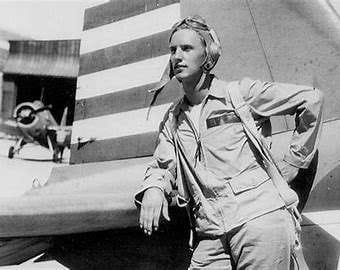
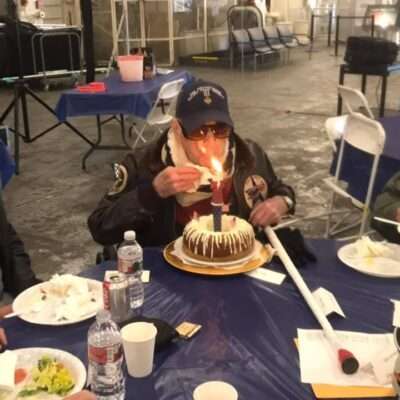
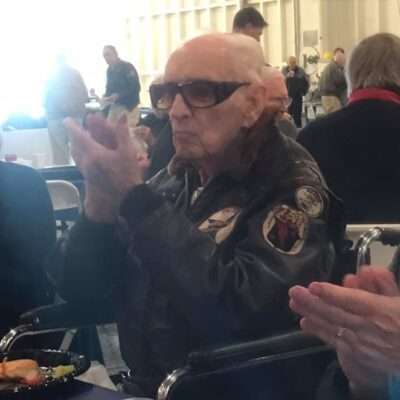
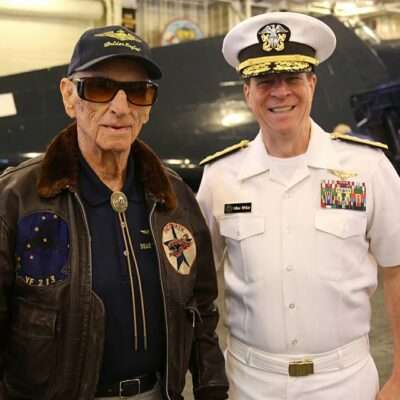
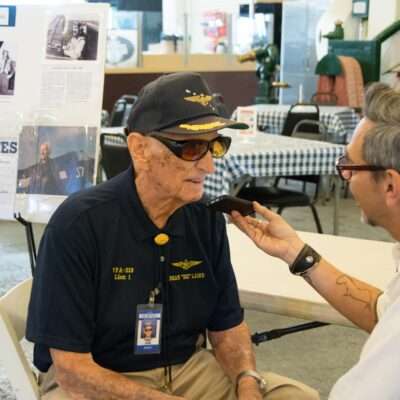
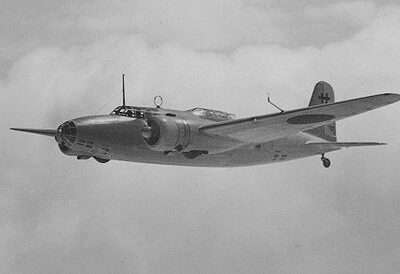
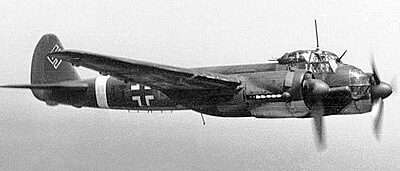
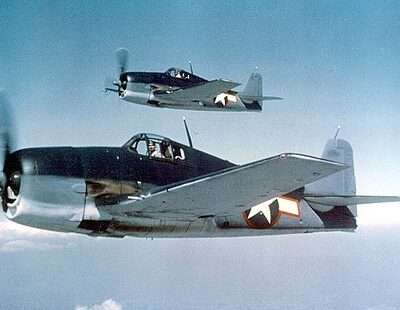
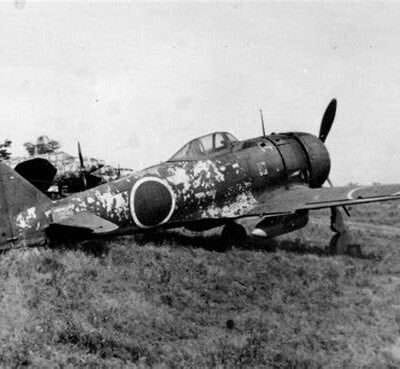
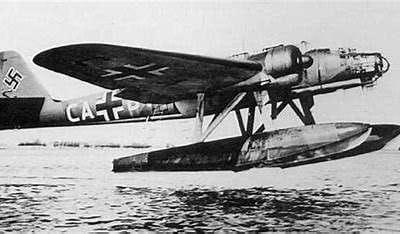
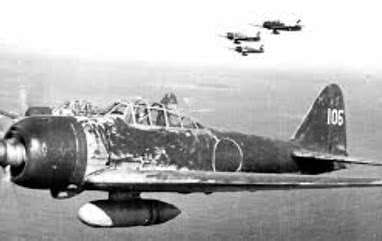
Awards
- Audie Murphy Award, American Veterans Center, Washington, D.C., October 2018
- Coronado Hometown Hero for “The Avenue of Heroes” Inducted November 2015
- Congressional Gold Medal awarded to all American Fighter Aces, 2015
- International Hall of Fame, San Diego Air and Space Museum, 2013
- American Combat Airman Hall of Fame, Commemorative Air Force in Texas, 2006
- Stunt pilot flying in 20th Century Fox’s 1969 movie Tora! Tora! Tora! Flew over 160 hours.
- Took First Place at the 1949 National Air Races flying an F2H Banshee from USS Midway in the Atlantic to Cleveland, Ohio, establishing the fastest air speed recorded at the time – 549 miles per hour
- Served in the Navy’s first jet squadron in 1947
- Has the record for the most arrested landings on a straight deck carrier
- The only American Navy Ace to have victories over both Japanese and German pilots in WWII
- Distinguished Flying Cross
- Meritorious Service Medal
- Air Medal with 3 Gold Stars
- Two Presidential Unit Citations
Artifacts from Diz Laird
A sample of the artifacts we have received from Diz Laird. His artifacts reflect both the carrier pilot experience as well as life aboard three of Hornet’s sister ships, which are included in our Museum’s Collecting Mission goals.
